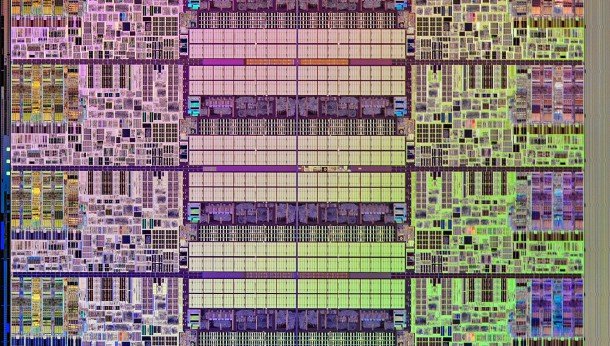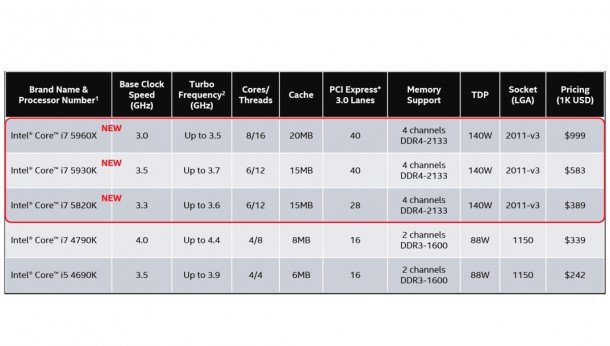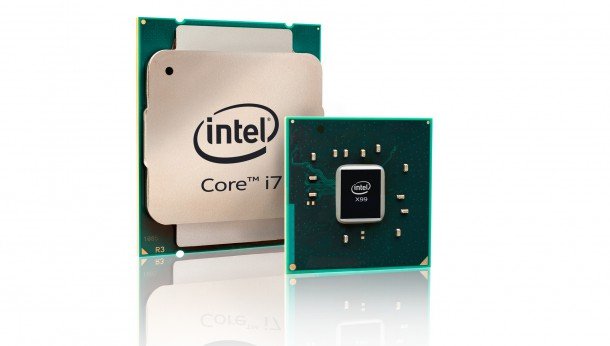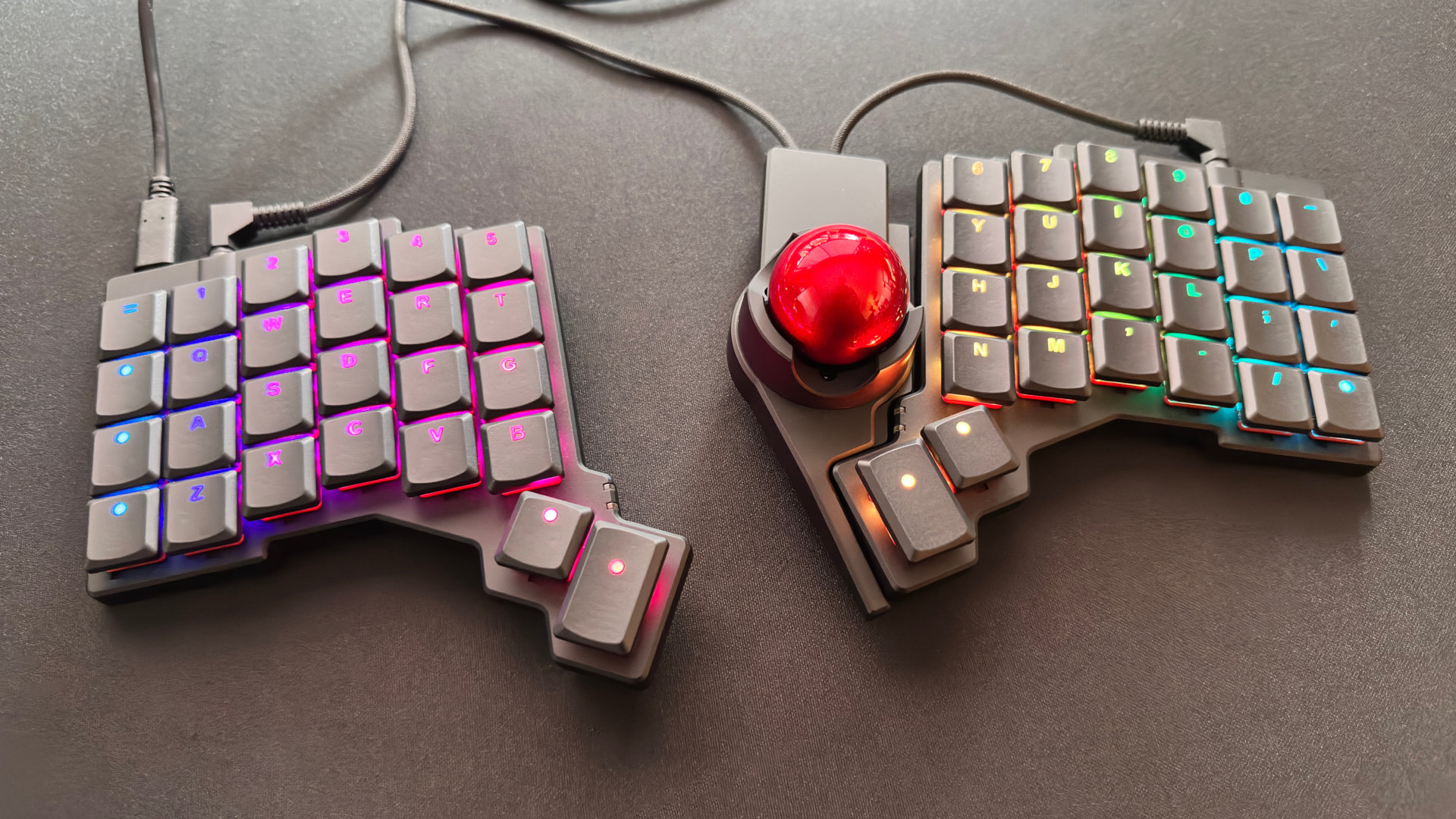Intel introduces affordable six-core CPU behind its $1,000 behemoth

If you've been eyeing up the eight-core, sixteen-thread Intel Core i7 5960X with jealous peepers, but lack the big wallet of the CEO of the ALS Association, there is still a way to top the four cores of a Devil's Canyon i7. There's a six-core, twelve-thread, unlocked Intel Haswell E processor on its way that doesn't cost a lot more than the Core i7 4790K.
When Intel produces Extreme ranges of its processors, they generally have a super high-end $1,000 chip, a similar and slightly slower one for around $600, and a mightily hobbled one that costs around the $400 mark.
Normally that mightily hobbled one is not worth the price of the platform, offering nothing over and above the top i7 of the standard CPU lineup. But with the Haswell E Core i7 5820K though things could be different.

That's because it's the first time that a proper, bona fide, six-core Intel CPU has gone on sale for such a reasonable amount of cash. The i7 4790K has a trade price of $339 and the i7 5820K is only $50 more, and that chip includes another two unlocked cores.
Admittedly the base clockspeed isn't comparable—the 5820K starts out at just 3.3GHz vs. the Devil's Canyon 4GHz baseclock—but given how well the eight-core i7 5960X overclocks I have high hopes of getting beyond 4GHz with the low-end Haswell E CPU.
The difficulty in all this is the fact that the costs of the Haswell E platform are much higher than the standard Haswell Z79 setup. X99 motherboards are pretty pricey because of their server heritage, and so is DDR4.

DDR4 on the X99 platform starts off at a high-end 2,133MHz and upwards, and the fact you also need four modules to take advantage of the bandwidth of quad-channel memory, means it gets expensive very quickly.
Keep up to date with the most important stories and the best deals, as picked by the PC Gamer team.
However, there used to be a vast chasm between the very top of Intel's Extreme CPU tree and standard i7 parts lower down. Now, with a a bargain-priced six-core option, there's more of a bridge between them. If you do some light video rendering, or any other heavyweight media manipulation on the side, you can now get up to six Intel cores without selling the other kidney.

Dave has been gaming since the days of Zaxxon and Lady Bug on the Colecovision, and code books for the Commodore Vic 20 (Death Race 2000!). He built his first gaming PC at the tender age of 16, and finally finished bug-fixing the Cyrix-based system around a year later. When he dropped it out of the window. He first started writing for Official PlayStation Magazine and Xbox World many decades ago, then moved onto PC Format full-time, then PC Gamer, TechRadar, and T3 among others. Now he's back, writing about the nightmarish graphics card market, CPUs with more cores than sense, gaming laptops hotter than the sun, and SSDs more capacious than a Cybertruck.

